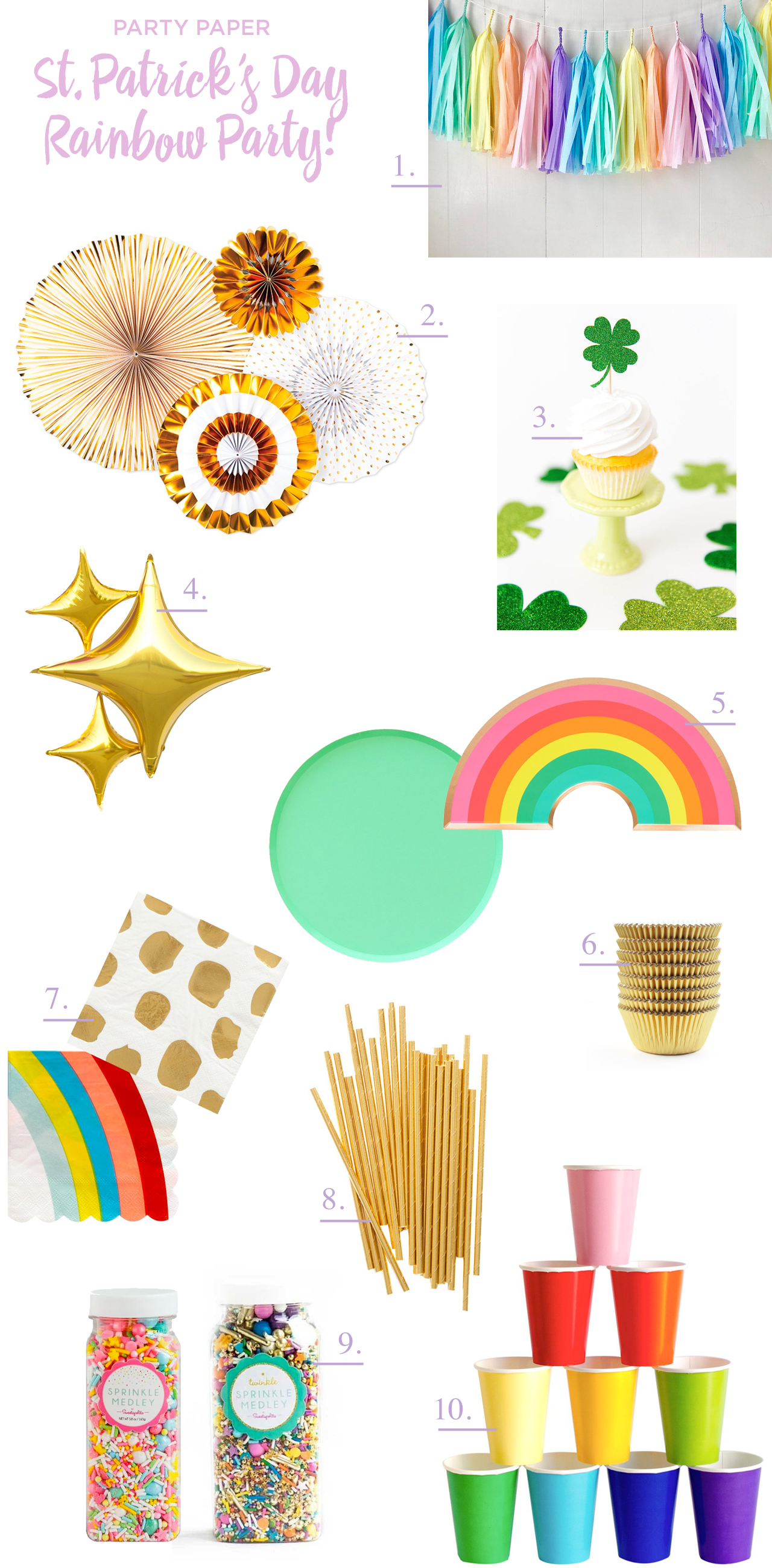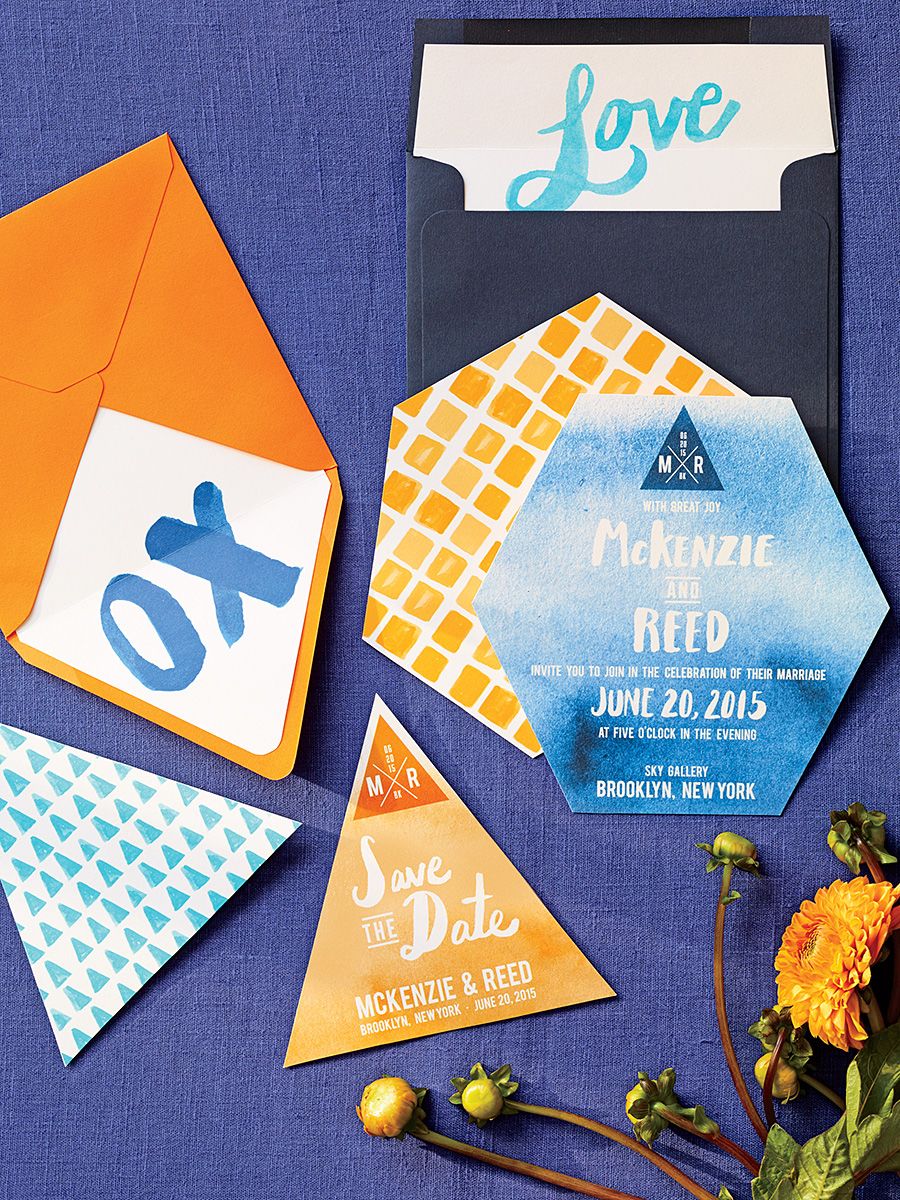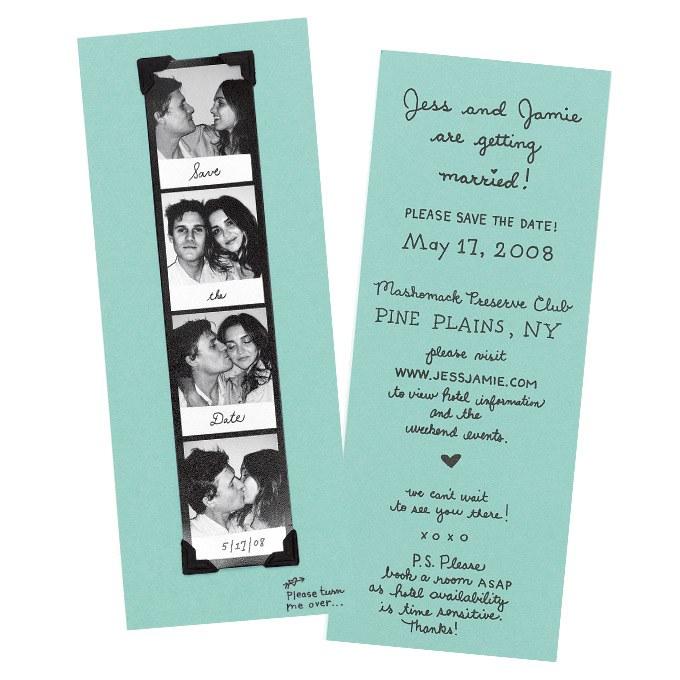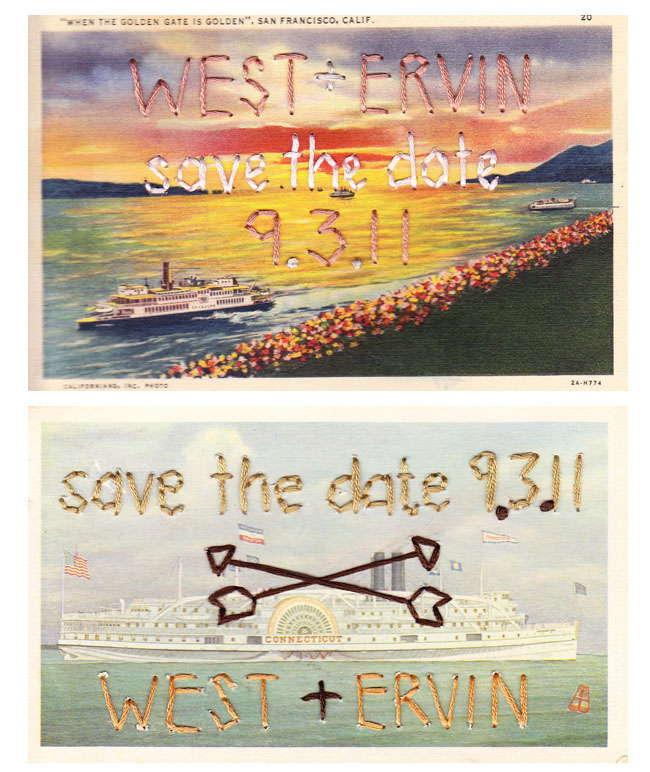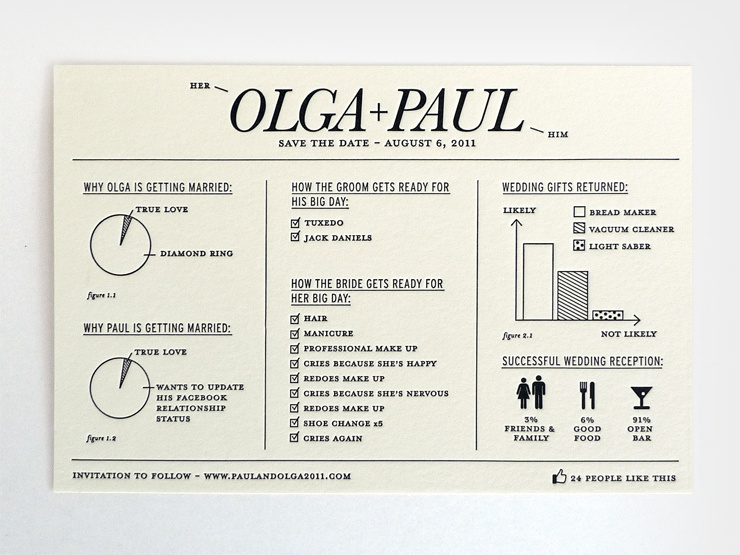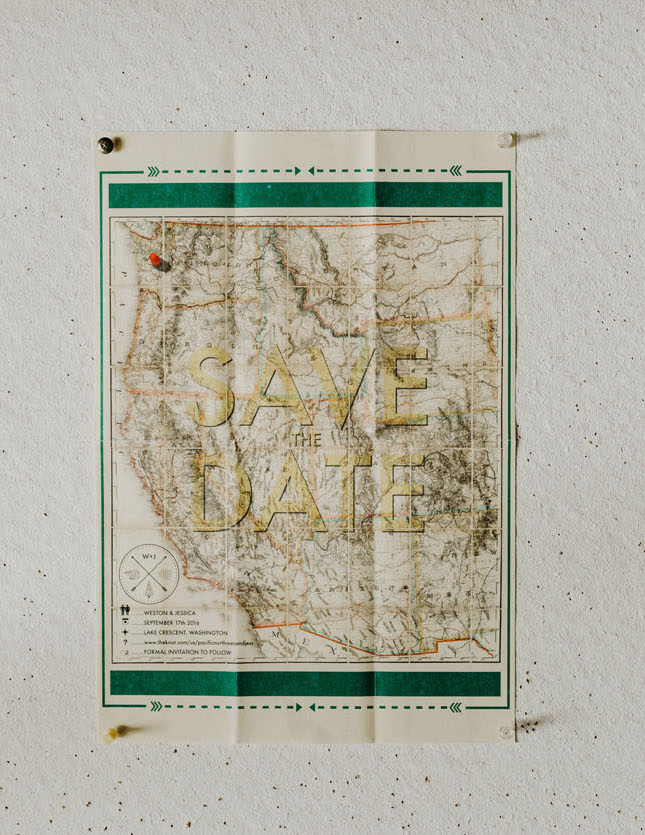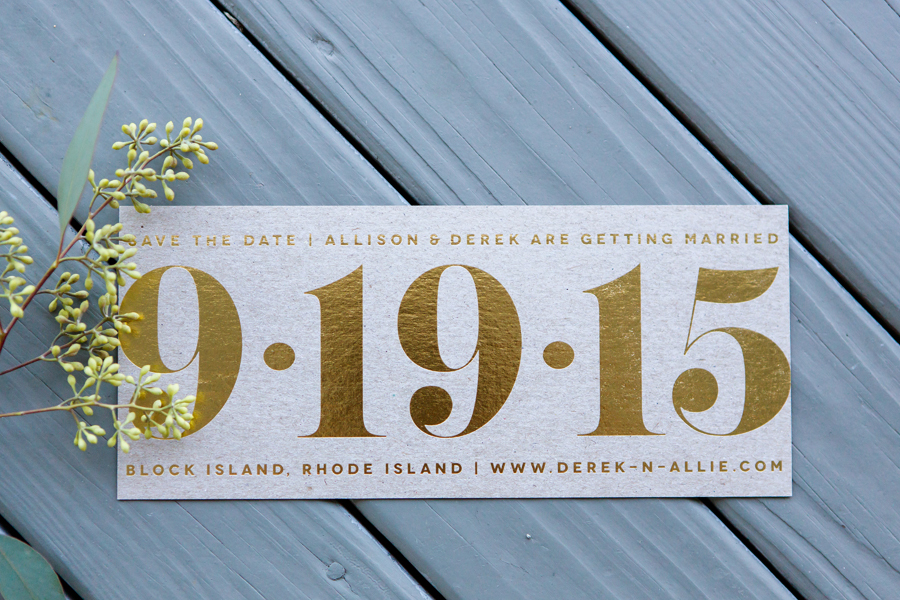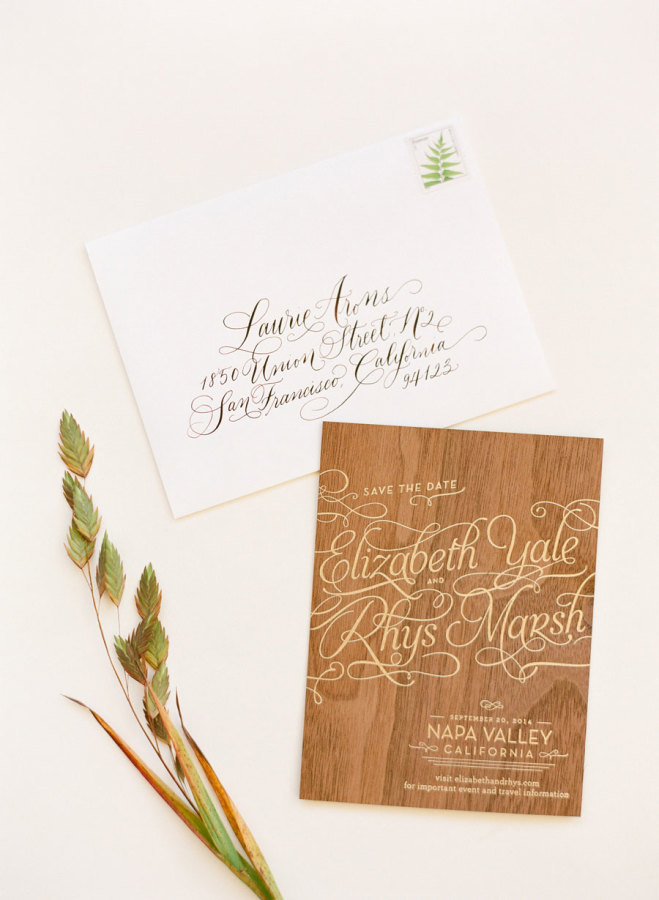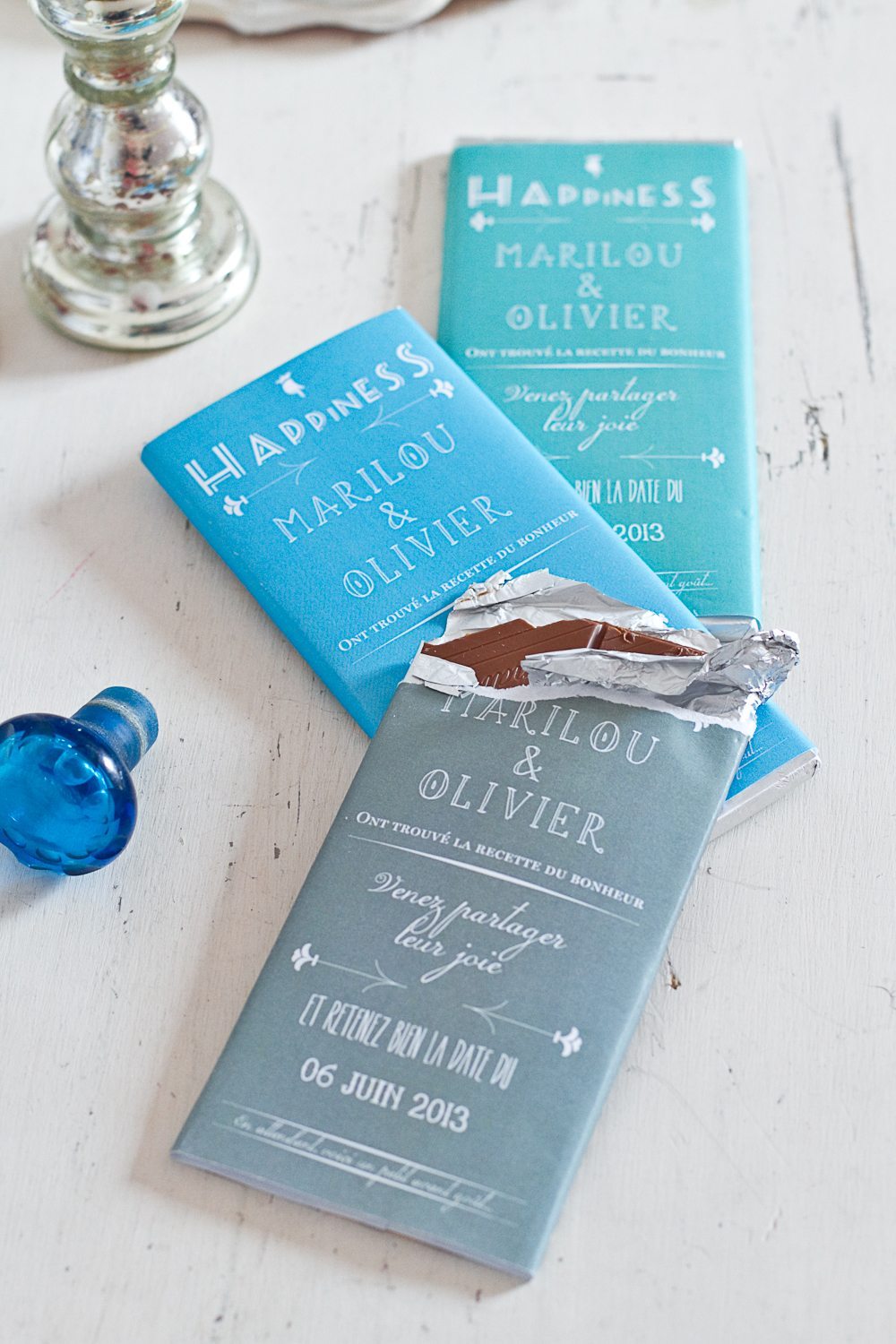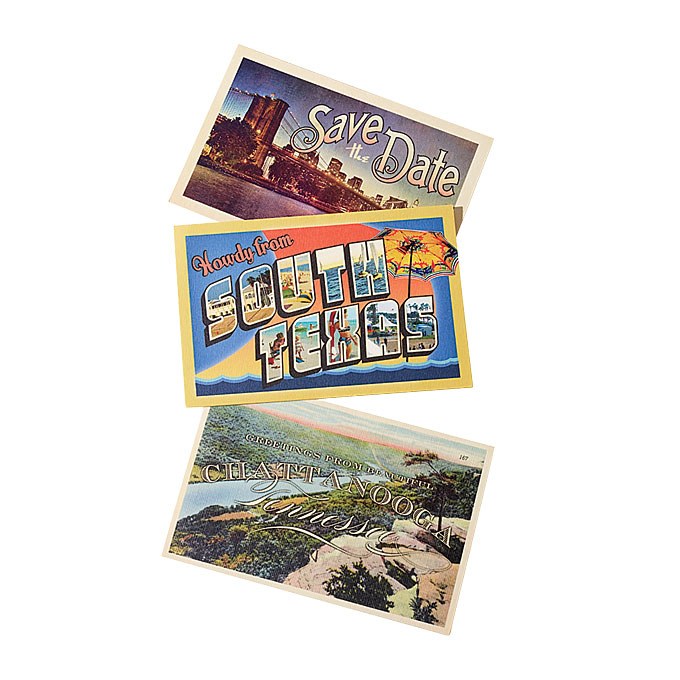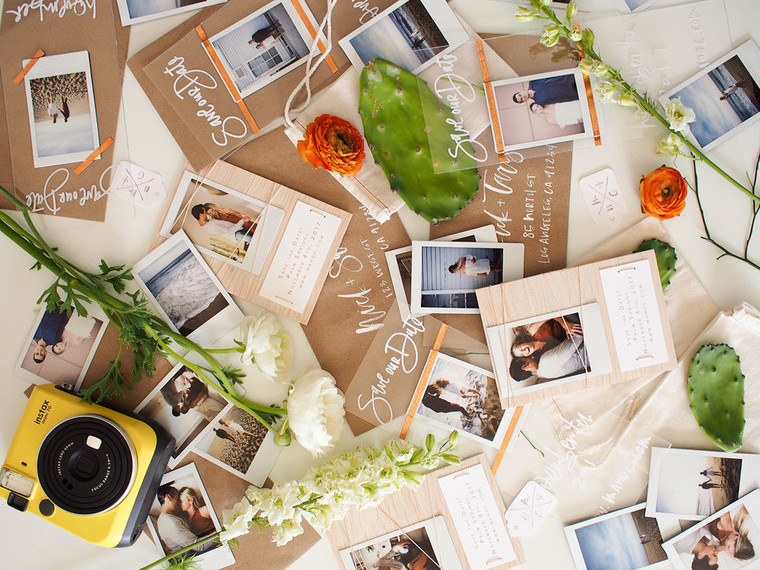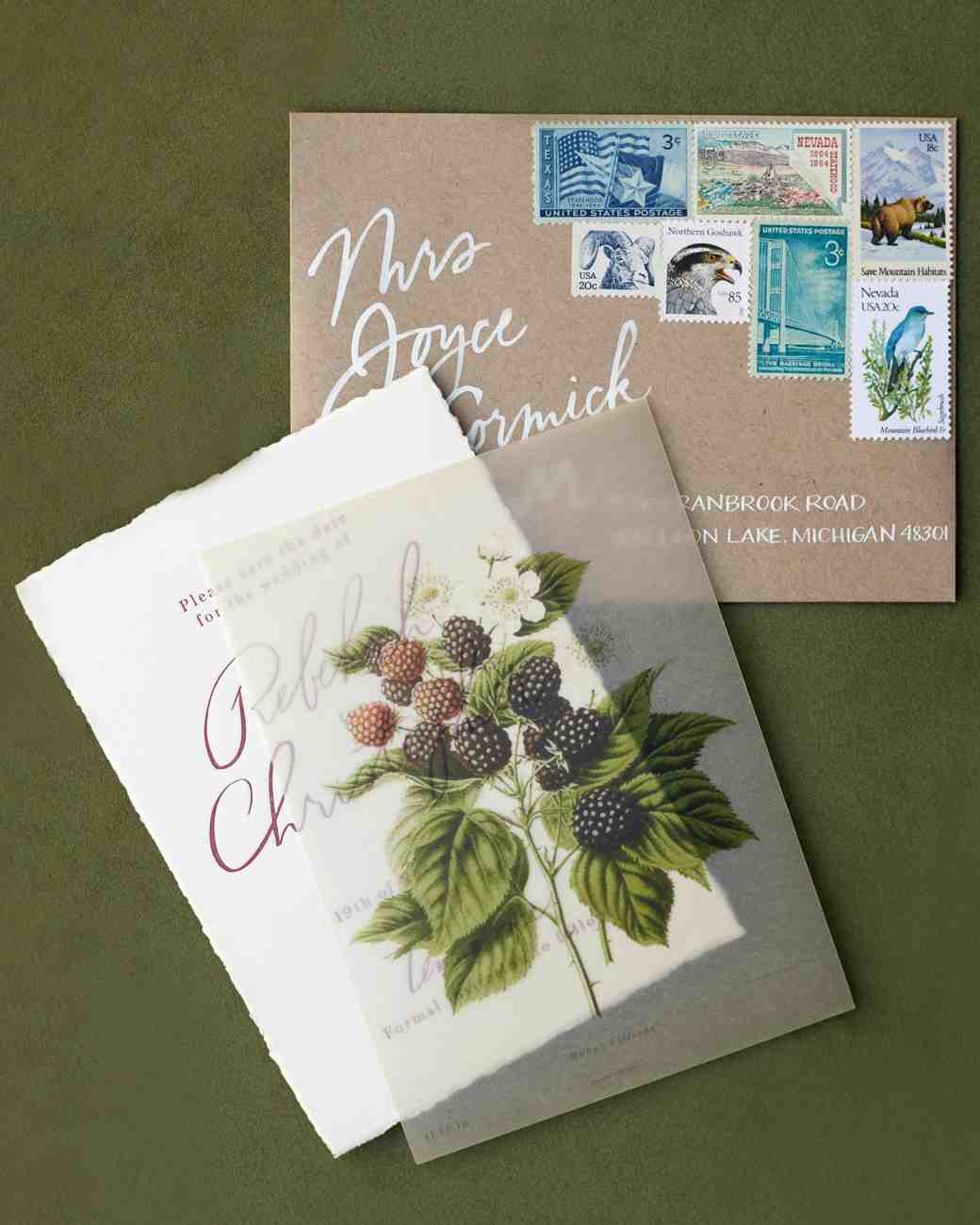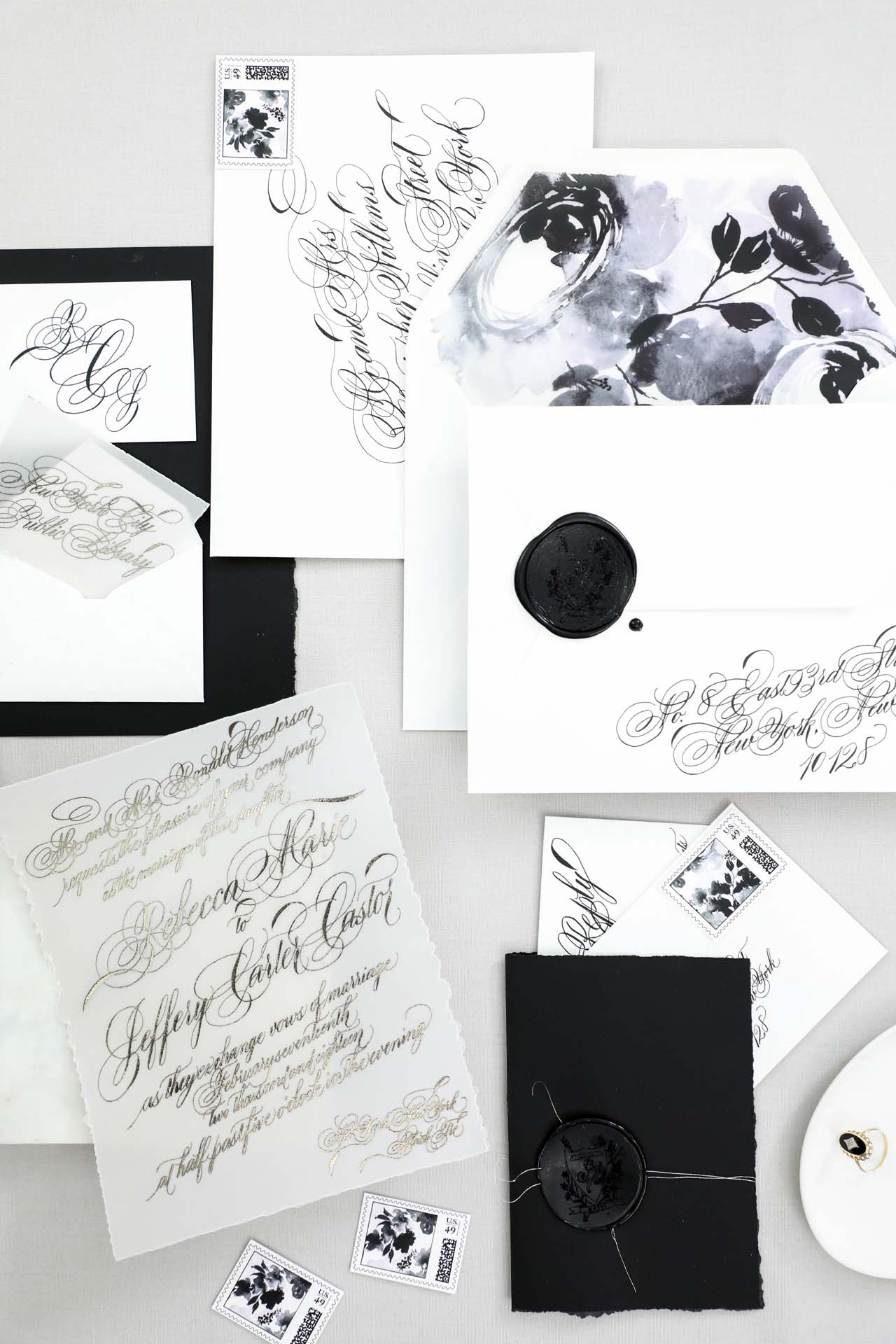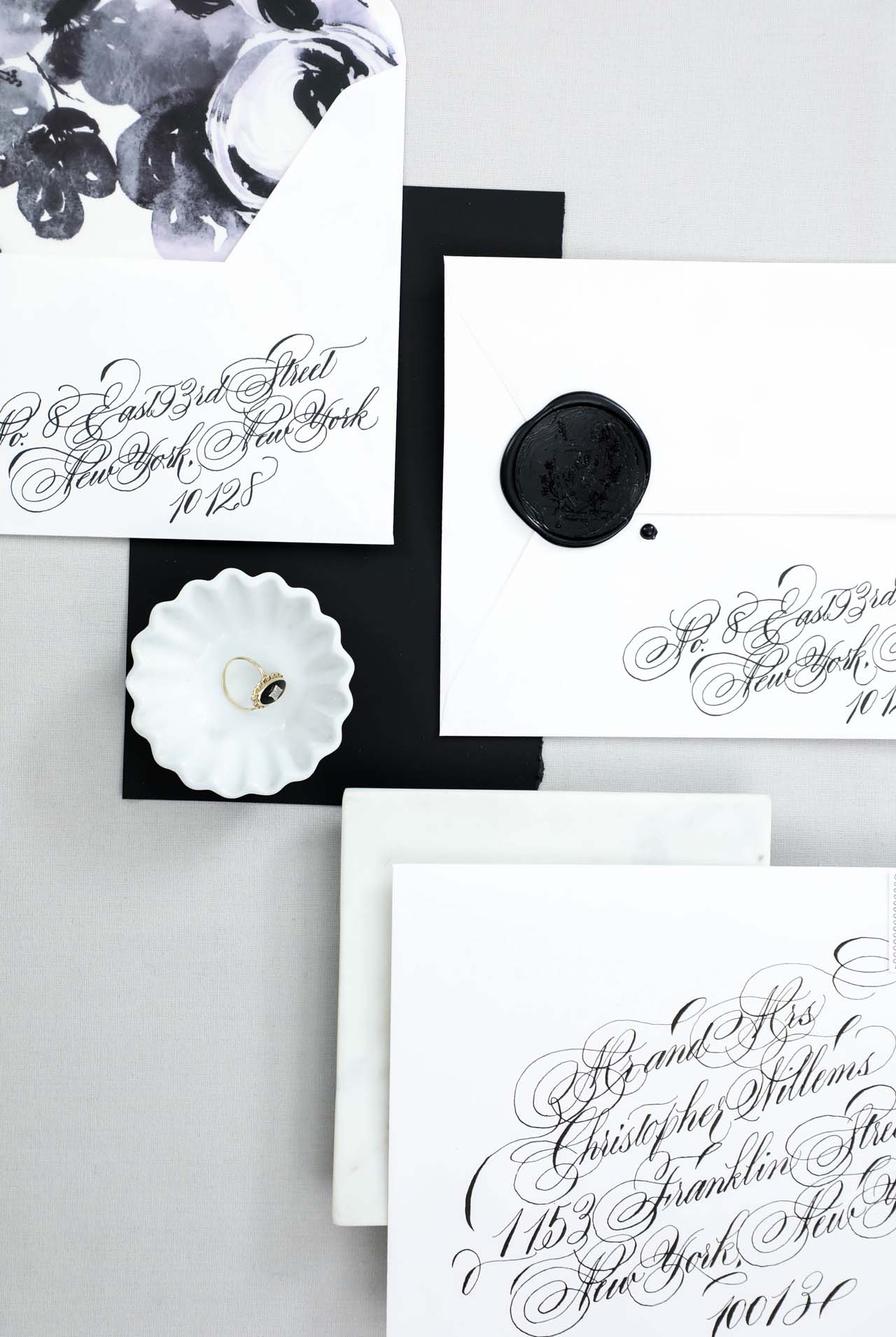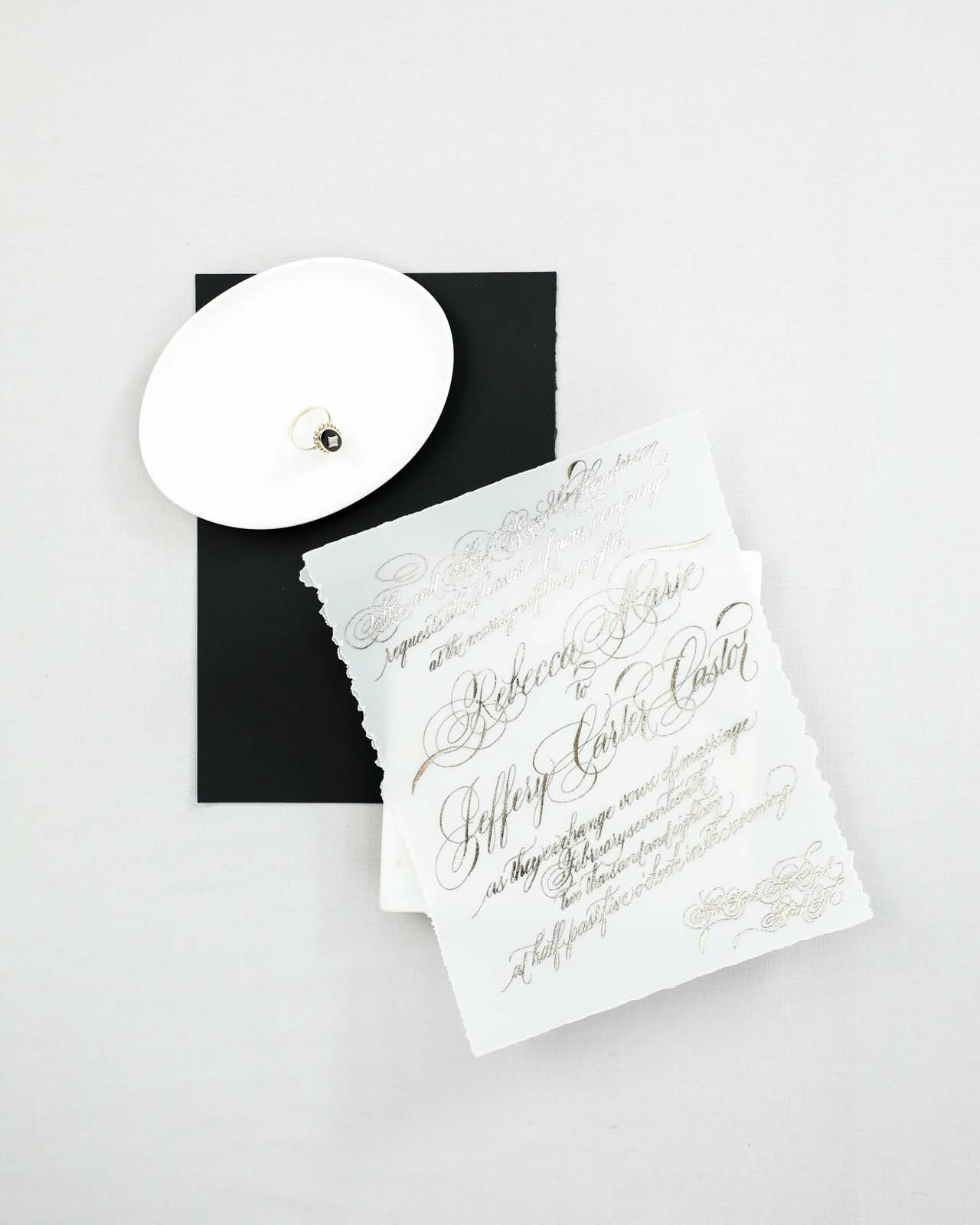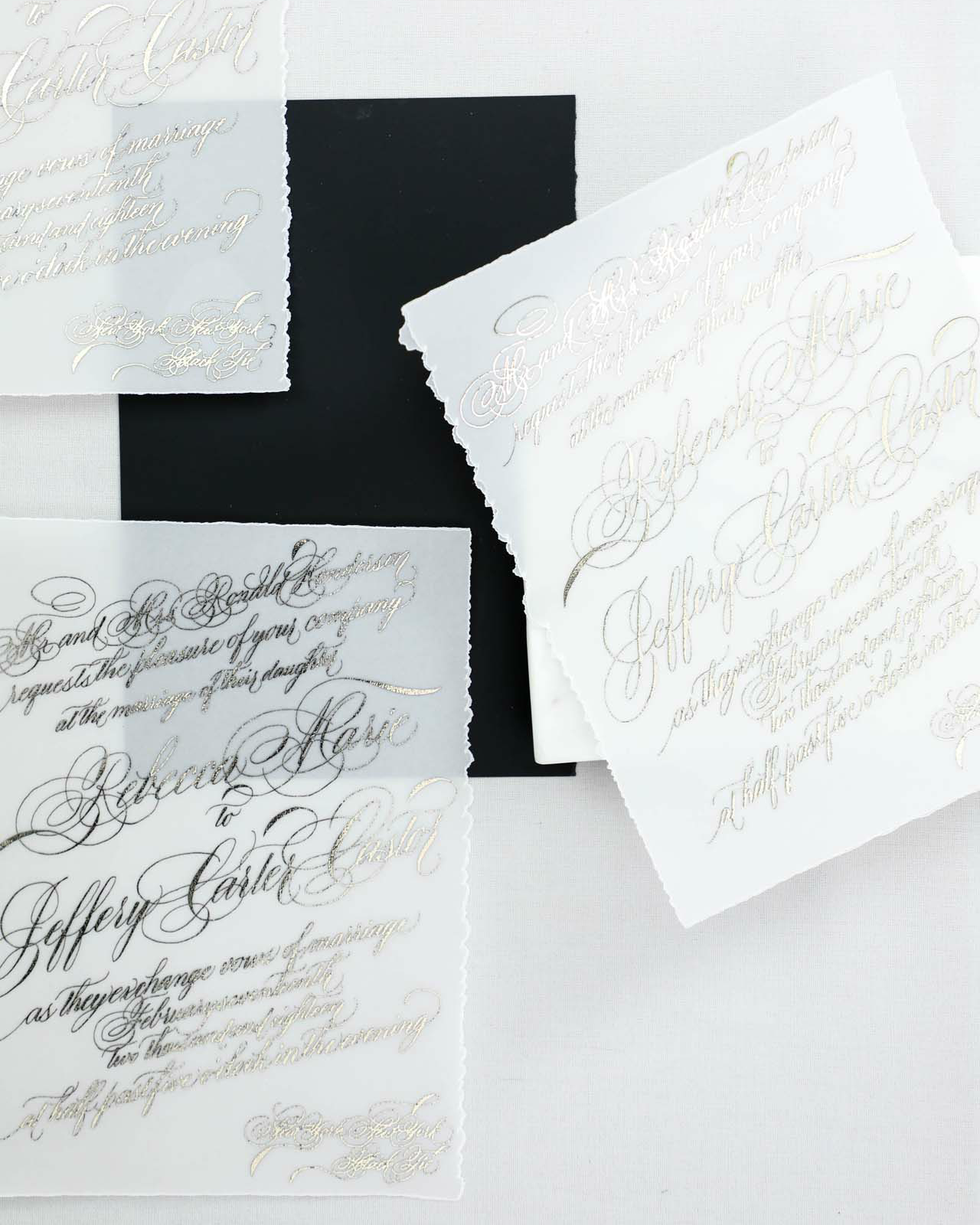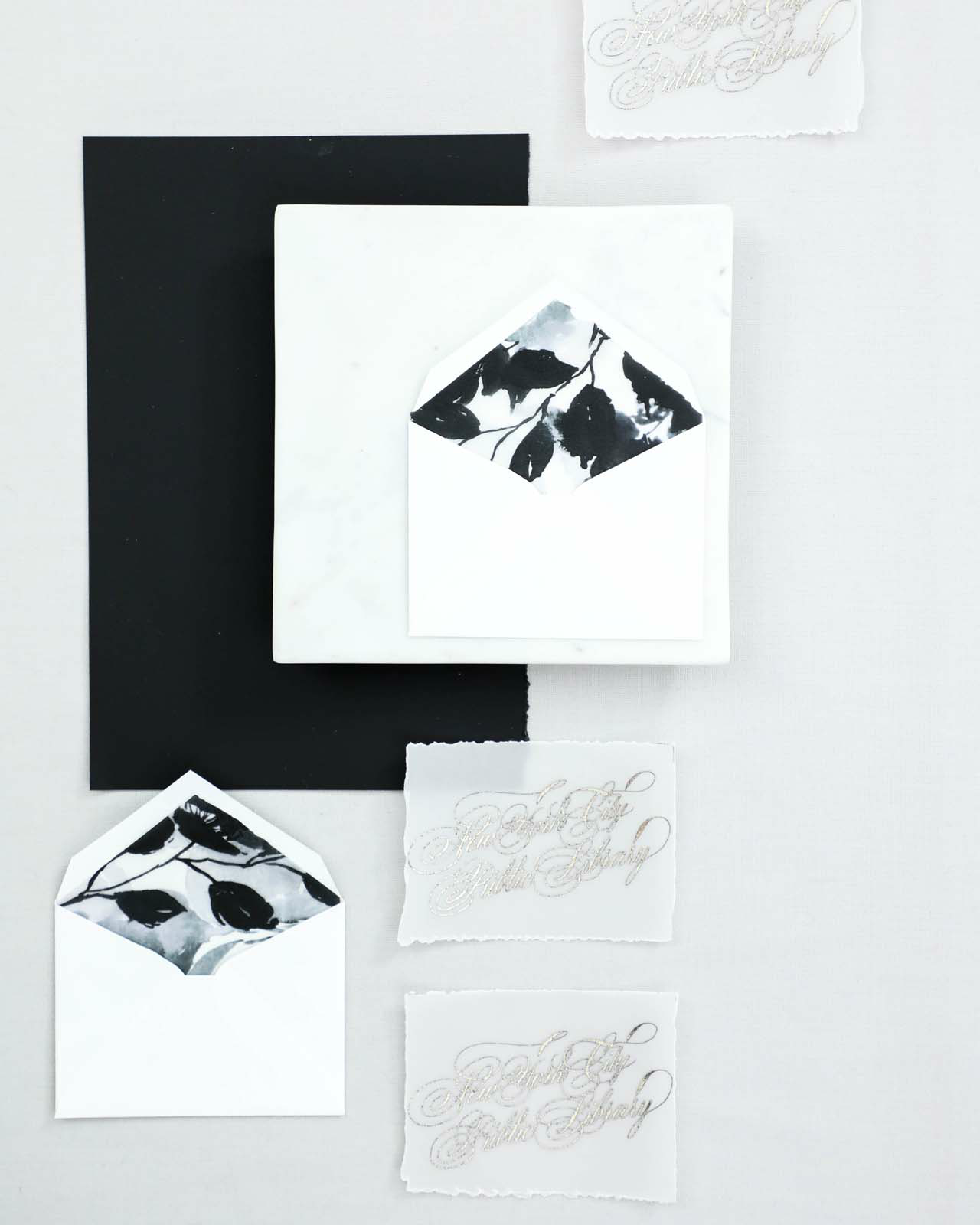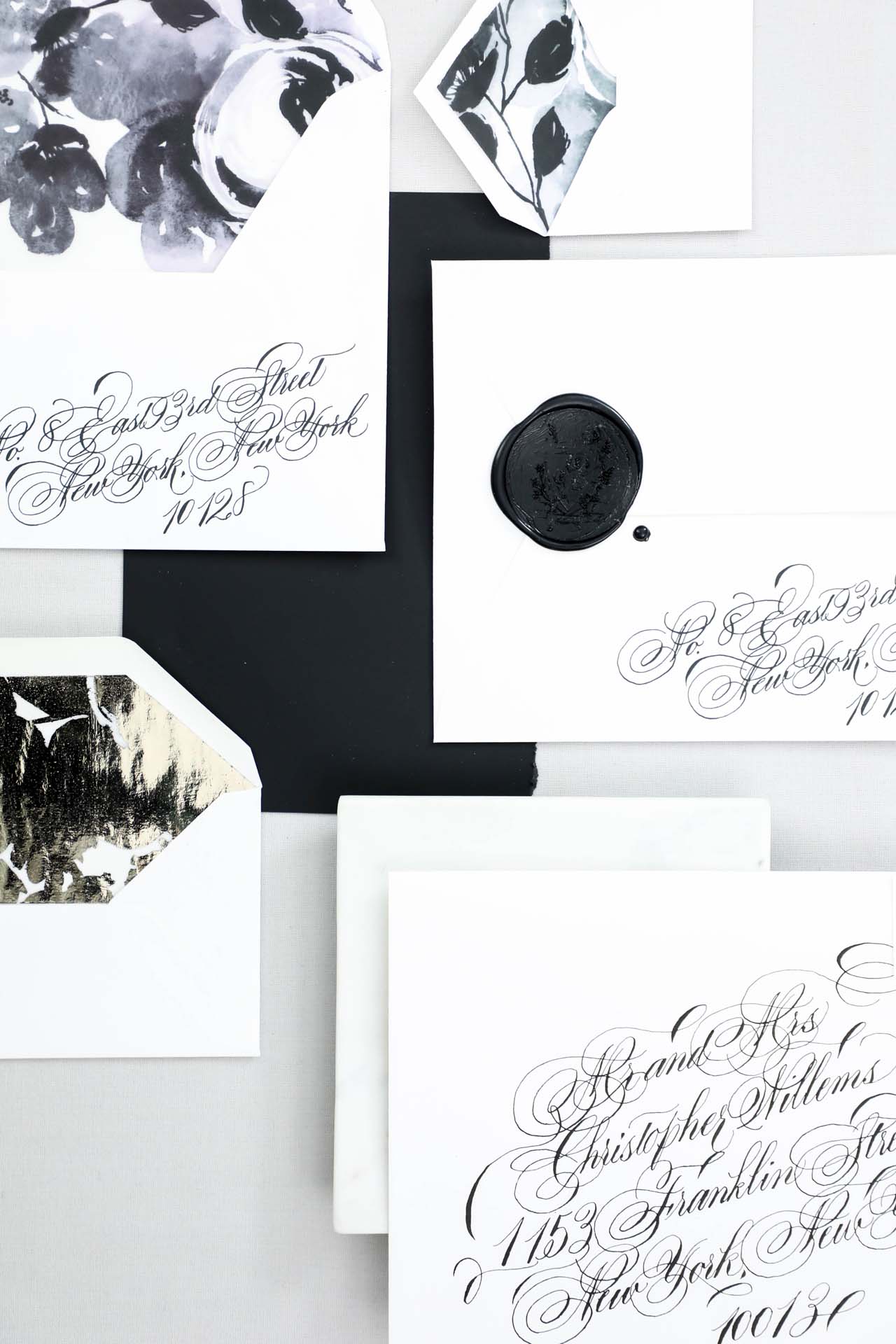Our next installment of Behind the Stationery bring us to Seattle, Washington to chat with Stephanie Clarke of Dahlia Press. Stephanie shares about how she transitioned from moonlighting as an entrepreneur to investing full-time in Dahlia Press, how sketching on an iPad has expedited her overall process, and how her custom client workflow differs from designing a wholesale line. Here’s Stephanie! —Megan Soh
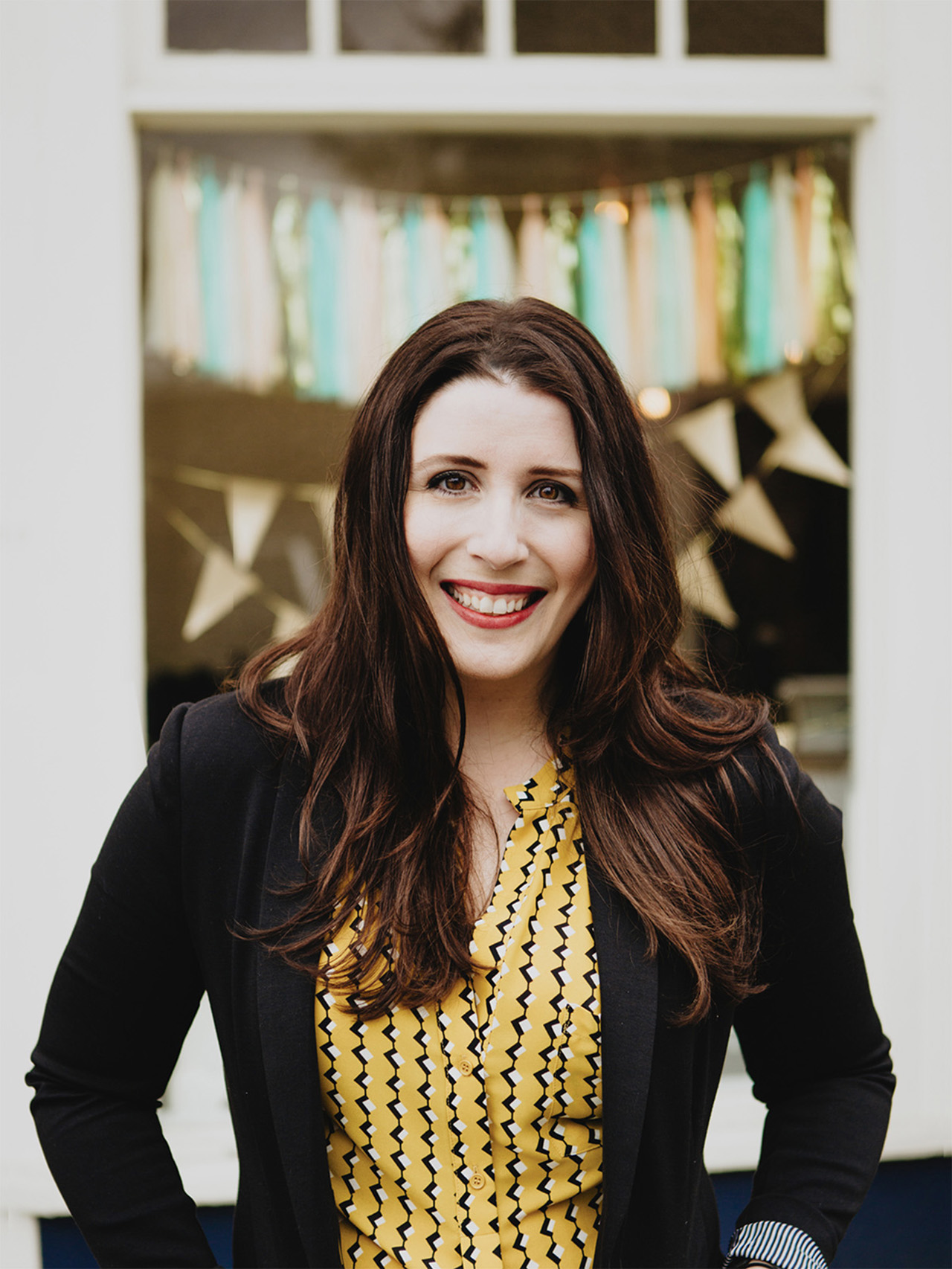
From Stephanie: I first fell in love with letterpress in a typography class. My instructor was a printer and would make all of the students letterpress flashcards of the typefaces we should all know by heart. Fast forward a couple years and by day I was a Graphic Designer for a retail branding firm designing everything from logos and interior environments to websites and packaging, and by night I was printing on a 1912 Golding Pearl platen press in my basement.


For 6 years, Dahlia Press was a side hustle. Named after the flowers in my front yard, I spent my evenings printing wedding invitations and custom stationery. To say that I started with a formal business plan and a vision for what Dahlia Press would eventually become wouldn’t be entirely correct. I knew that the entrepreneur in me wanted my own business, but I also knew that it was best for me to grow slowly and carefully, trying not to grow too fast to where I couldn’t sustain my full-time job (which I loved), and not too slow that the business wasn’t gaining momentum.
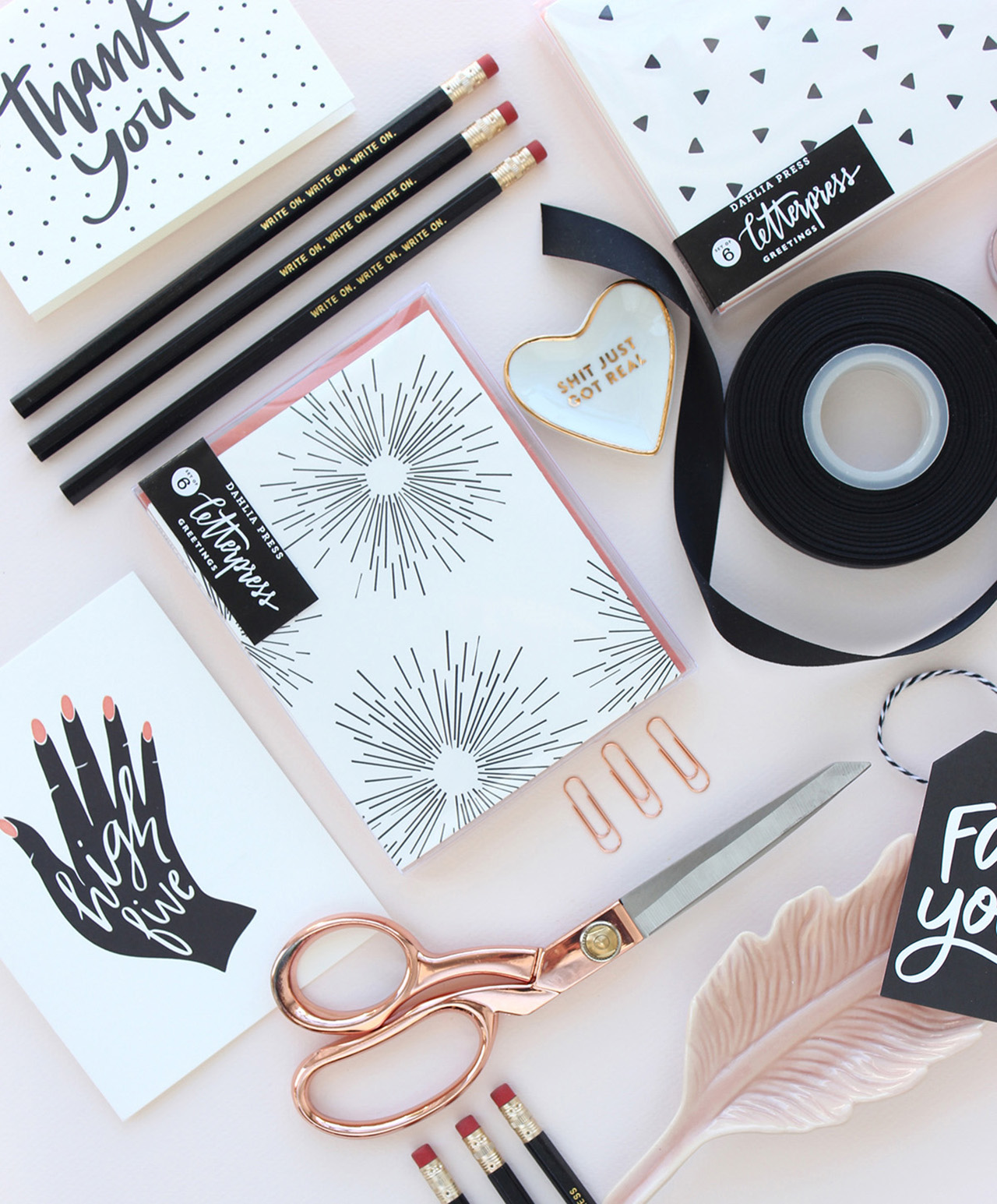
Eventually with hard work and late nights, Dahlia Press grew to a size where I could no longer sustain both jobs. Knowing Dahlia Press needed my full attention, I left my day job to focus on it entirely. It was at this time that we expanded our offerings to include a line of letterpress greeting cards for the retail and wholesale market.
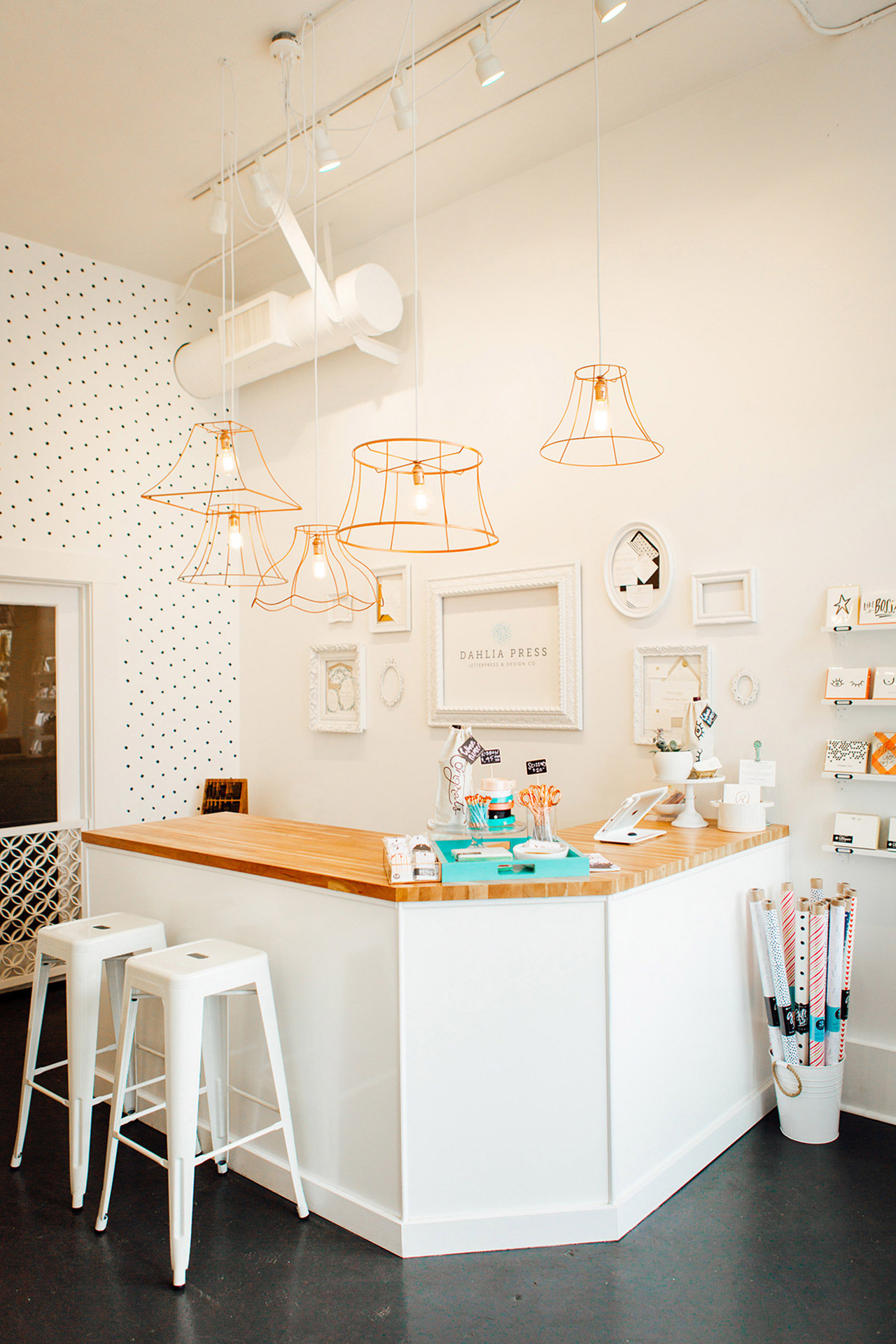
Shortly after we started our wholesale line and prepared to debut at the National Stationery Show, we outgrew the basement area. We were lucky enough to find an amazing brick and mortar space in Seattle’s Portage Bay neighborhood, where we have worked for the past 3 years. Our bright, sun-filled studio houses our three letterpress printing presses, a small retail area with a meeting counter for consultations with custom clients, work desks and a stock/shipping room in the back.

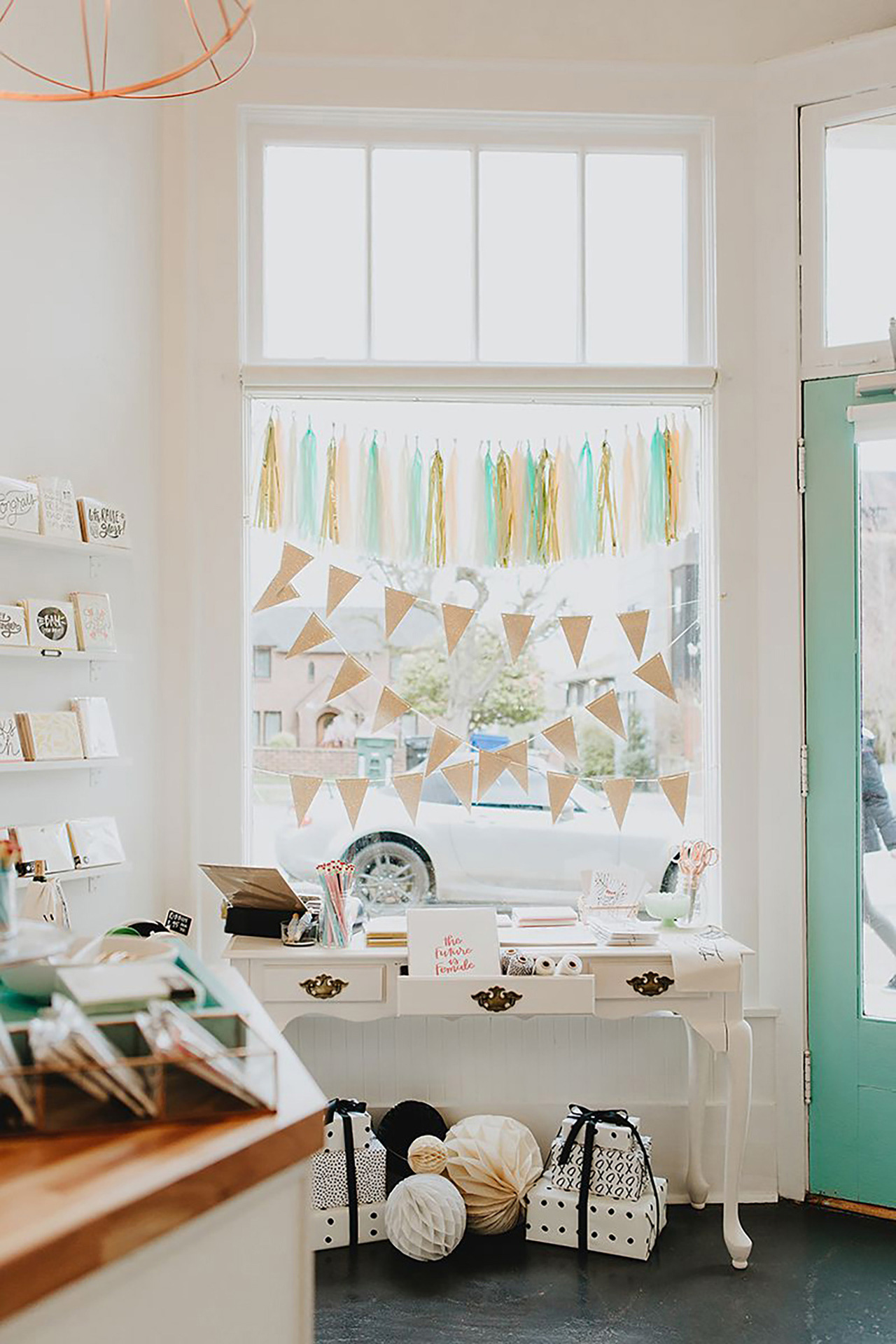
A typical work day starts with coffee and packing up the shop-dog Chloe to head to the studio. Once I arrive, normally around 9:30am, a second cup of coffee is poured and I check in with George (our press operator who also happens to be my older brother) to see what’s on our print list for the day. Emails are answered and I work with our team to fill orders in the back. I try to reserve the afternoon for tackling custom projects or writing quotes and sending invoices.
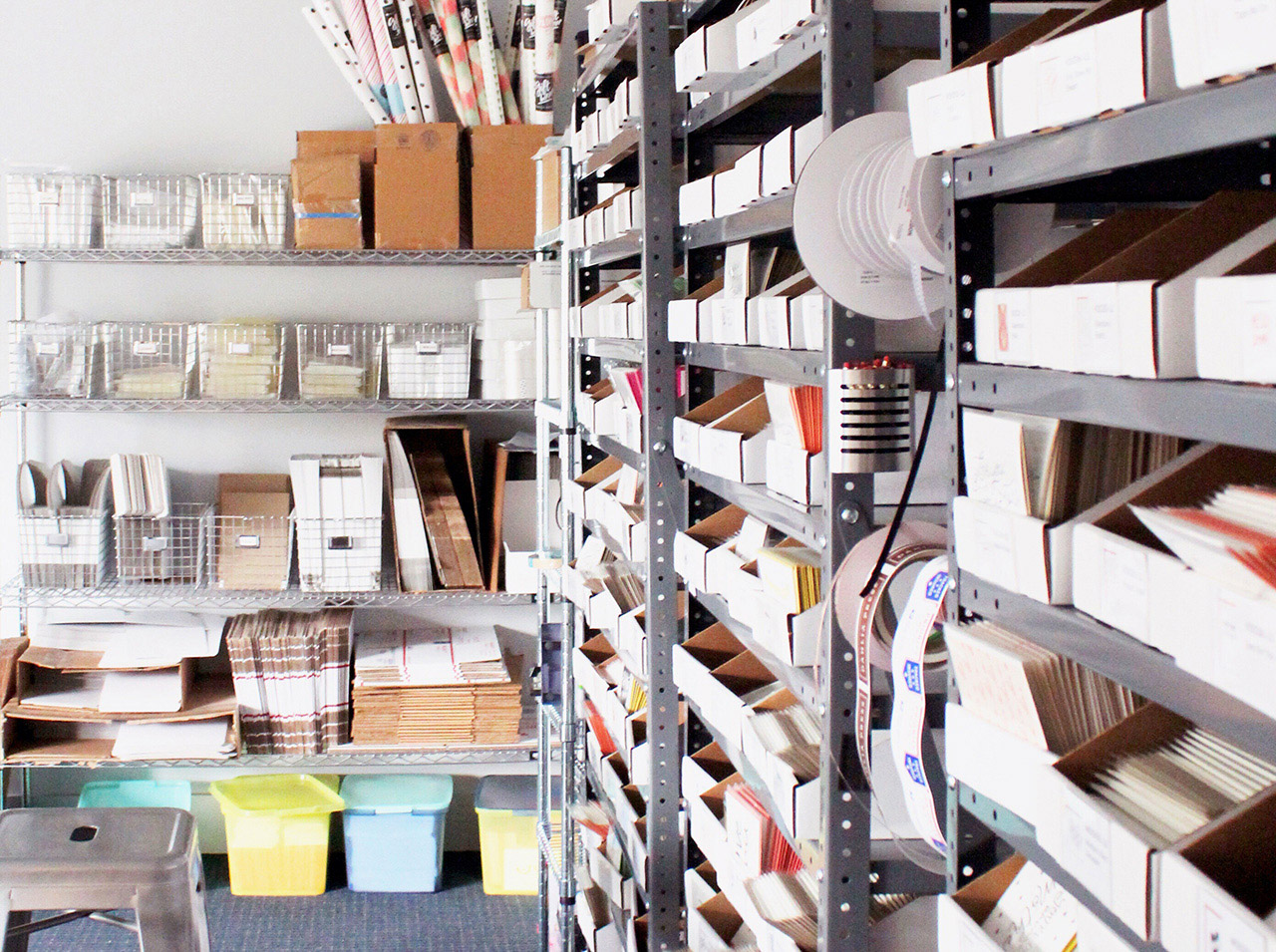

There’s always an ongoing list of items to do that normally consists of social media photos, mocking up new designs, editing art files, ordering supplies or packaging products. Around 6pm, I close up shop and pack up the dog to head home. Evenings are typically spent tackling whatever administrative tasks didn’t get done throughout the day, but occasionally I’ll use that time to sketch new concepts and ideas. It’s a labor of love, to say the least.
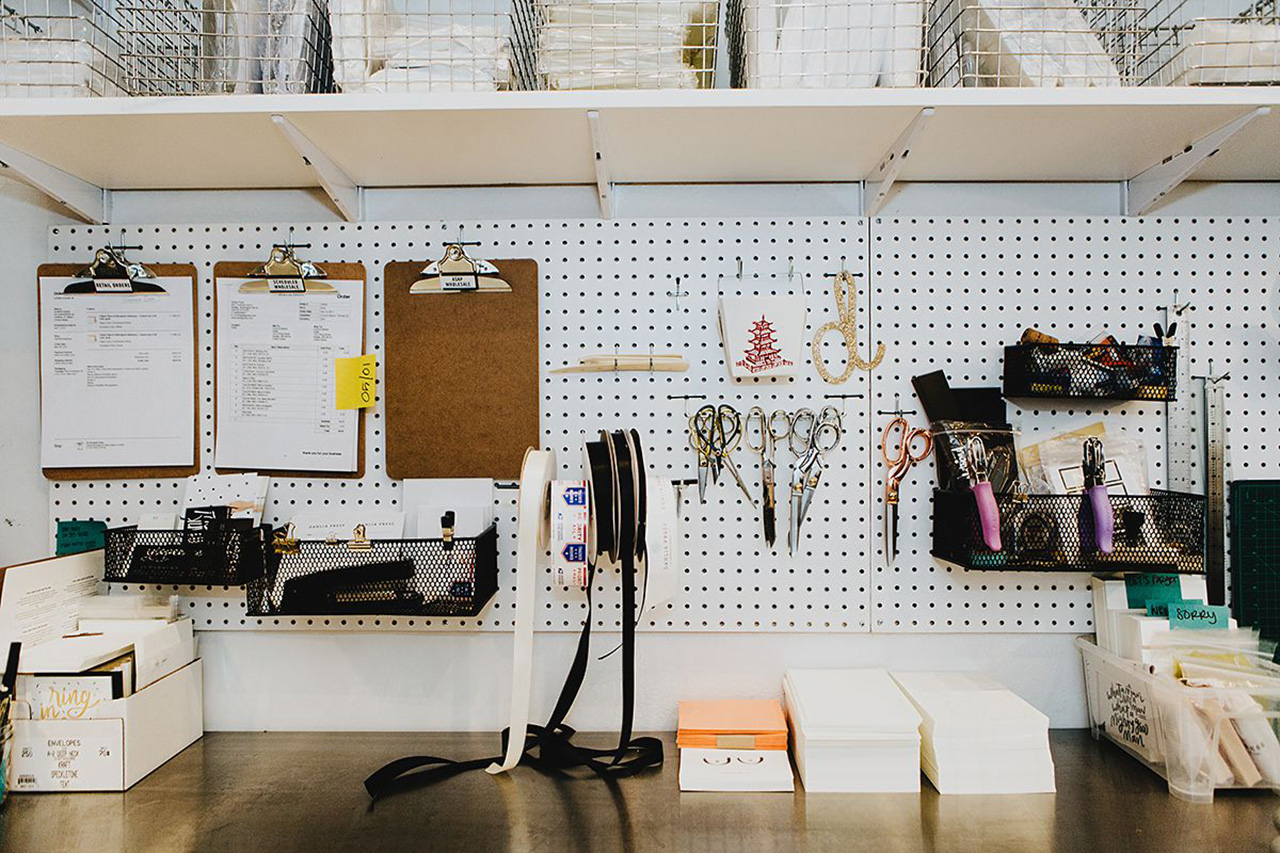
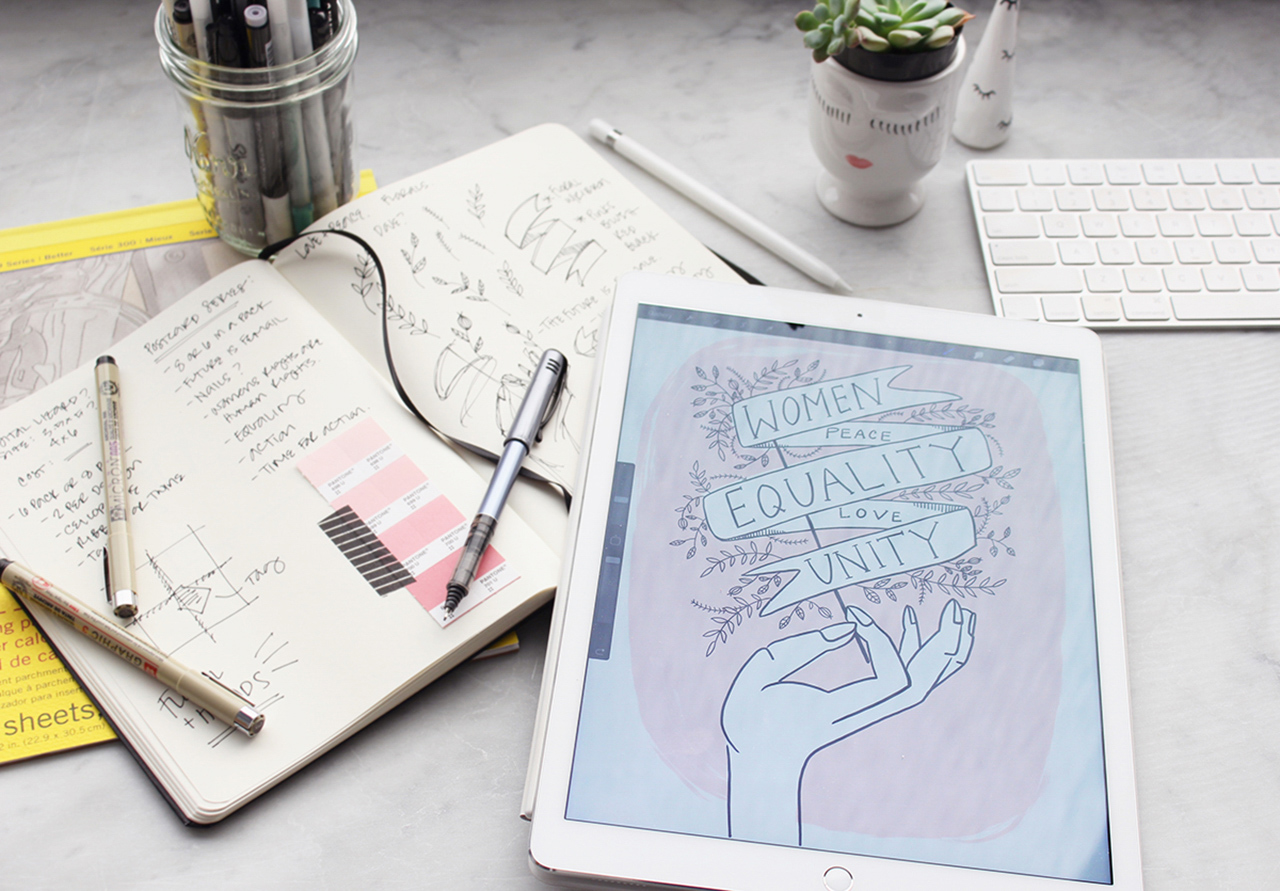
Depending on what I’m working on, the design and production process really varies. The process of designing our greeting card line always starts in a notebook. I’m an avid list maker, so I always have an ongoing list of phrases, ideas, sayings, and concepts jotted down. As much as I try to draw every day, there isn’t always time. If I have an initial idea, I’ll create a quick doodle or sketch in my notebook so I can come back to it later. For years, all of my lettering and illustrations were done on stacks and stacks of tracing paper using my favorite Micron or Tombow brush pens. Once the design was fine-tuned, I would scan it into Illustrator and prepare it for platemaking.
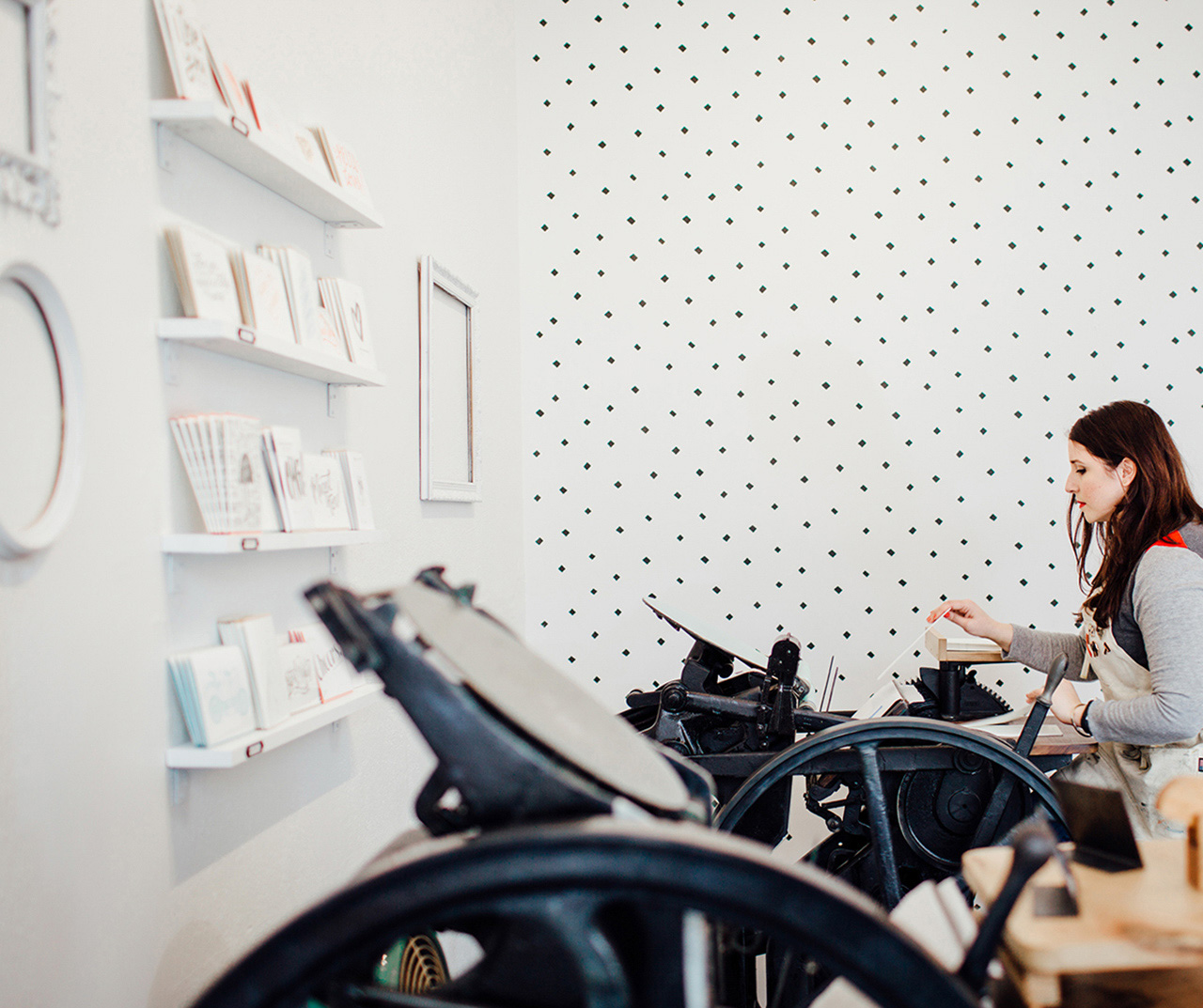

This past year my process changed slightly as I started experimenting with drawing software on my iPad Pro. Today I rarely use pens (although for finer details, it’s still preferred), and the majority of my drawings are done directly on the iPad. I then AirDrop the file to my computer and prep the file for the plate-making process. This change has shaved off hours of time, not to mention ink and paper! Once the plates arrive from the platemakers, we mix ink by hand and prep Ruby (our 1926 Chandler and Price press) for printing. My favorite moment is when that first print comes off the press. It’s so satisfying to see a design come to life and to feel that one of a kind impression.
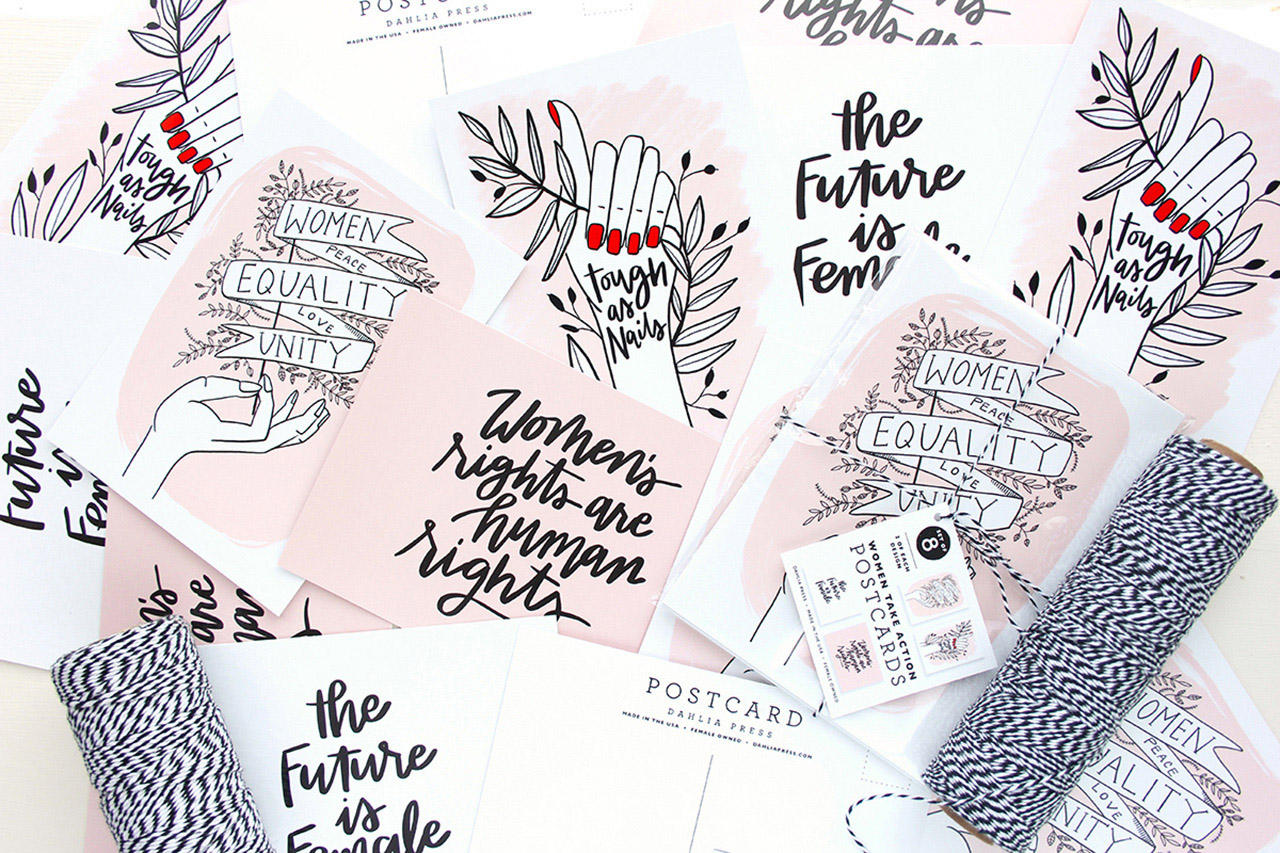
The process of working with our custom clients is a little more extensive. It always starts with a consultation (hopefully in person, but often over the phone too) where I get the all the details of their event and their overall vision. After the administrative details are worked out (quotes and contracts), we pull samples and swatches and start initial sketches of the design concept. Those sketches turn into a digitally mocked-up design, which we send to the client for review. We’ll go through a series of revisions and once the final design is approved, we finalize the art files and prep them for printing.
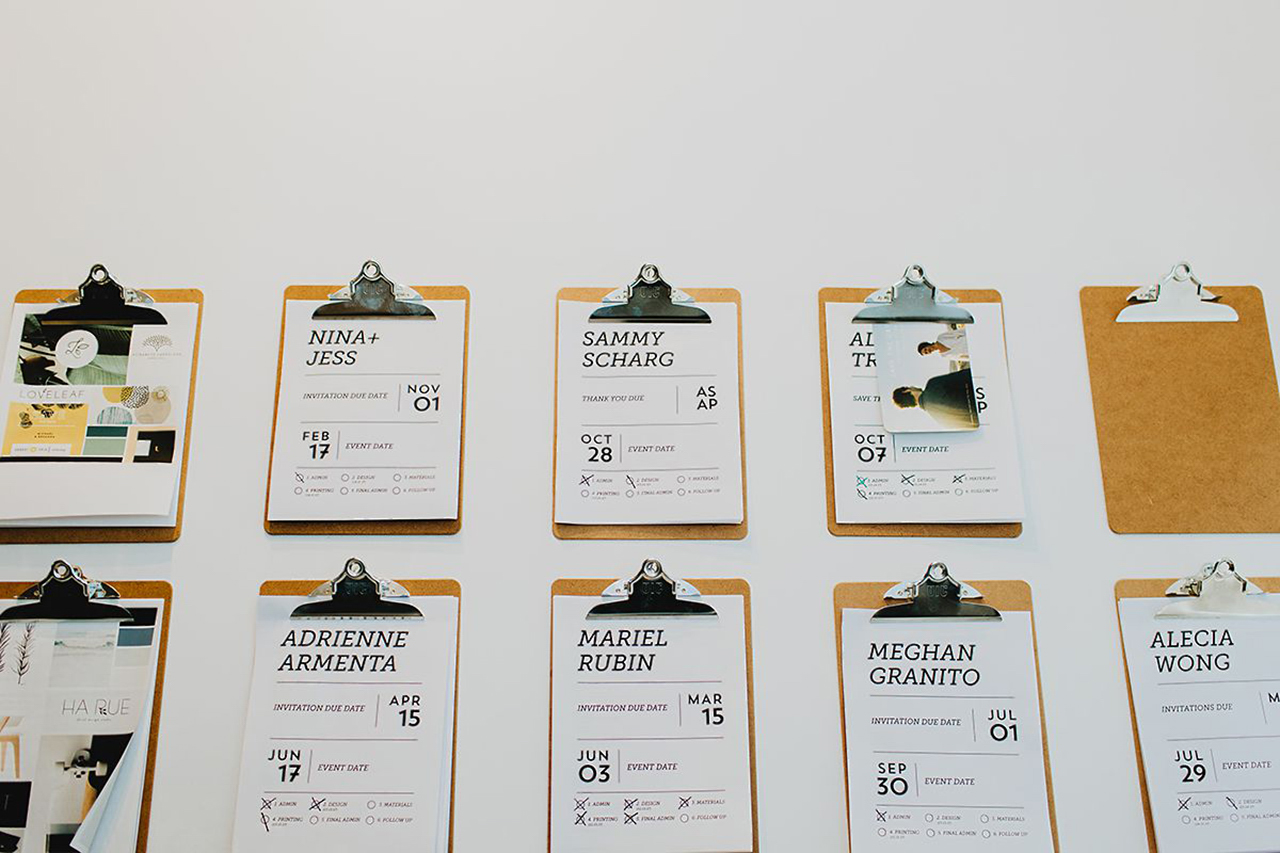
As we print all of our greetings in house, we’ve relied on a list of trusted vendors to help us when it comes to printing our custom projects. They offer additional services such as foil stamping and die cutting, which allows us to expand our list of offerings and frees up our schedule to work on more projects.

Studio images are by Krista Welch Creative. All other photos are by Dahlia Press.
Want to be featured in the Behind the Stationery column? Reach out to Megan at megan [at] ohsobeautifulpaper [dot] com for more details.
